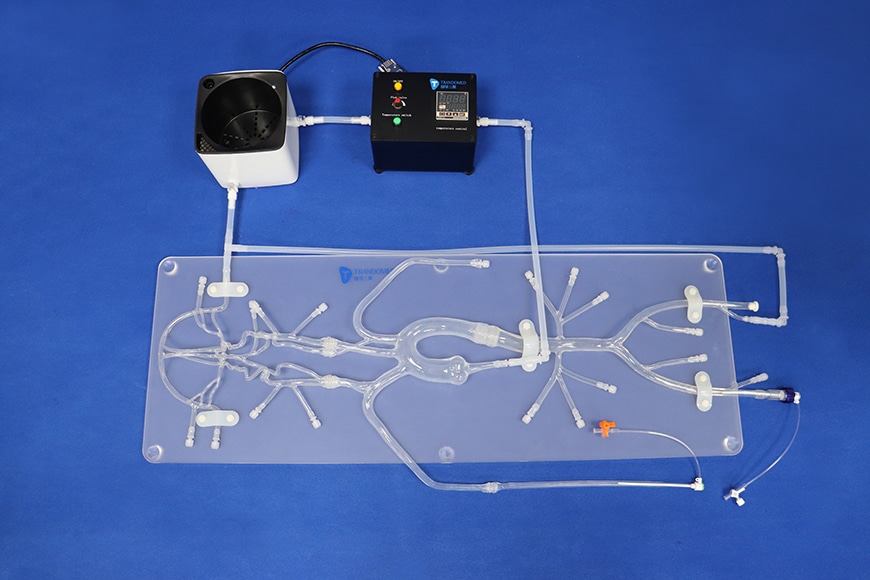
#Industry News
Embolectomy: A Life-Saving Intervention for Acute Vascular Occlusion
Neuro Vascular System I (with aneurysm)
Introduction:
Embolectomy is a critical medical procedure used to remove dangerous blood clots, known as emboli, from blocked blood vessels. It is a minimally invasive or surgical intervention performed to restore blood flow and prevent tissue damage or organ dysfunction caused by acute vascular occlusion. In this article, we will explore the importance, techniques, and advancements in embolectomy procedures, highlighting its life-saving potential in the field of vascular medicine.
Understanding Acute Vascular Occlusion:
Acute vascular occlusion occurs when a blood clot, or embolus, forms in a blood vessel and obstructs the normal flow of blood. This condition can arise in various parts of the body, including the arteries supplying vital organs such as the brain, heart, lungs, or limbs. The consequences of untreated vascular occlusion can be severe, leading to tissue ischemia, organ failure, or even death.
The Significance of Embolectomy:
Embolectomy plays a crucial role in the management of acute vascular occlusion. By removing the obstructing embolus, blood flow is rapidly restored, minimizing tissue damage and preserving organ function. Time is of the essence in these situations, as delayed intervention can result in irreversible complications.
Embolectomy Techniques:
1.Catheter-Directed Thrombolysis: This technique involves the use of a catheter inserted into the affected blood vessel. Medications, such as thrombolytic agents, can be administered directly at the site of the clot to dissolve or break it down, restoring blood flow.
2.Mechanical Embolectomy: In cases where the clot is large or resistant to thrombolytic medications, mechanical embolectomy techniques are employed. These methods utilize specialized devices, such as catheter-mounted clot retrieval systems or aspiration catheters, to physically remove the embolus.
3.Surgical Embolectomy: In situations where the vascular occlusion cannot be effectively managed through minimally invasive techniques, surgical embolectomy may be necessary. This involves making an incision to directly access the blocked blood vessel, removing the clot, and restoring blood flow.
Advancements in Embolectomy:
Advances in medical technology and techniques have significantly improved the effectiveness and safety of embolectomy procedures. Key advancements include:
1.Endovascular Approaches: Minimally invasive endovascular techniques, such as catheter-directed thrombolysis and mechanical embolectomy, have become increasingly prevalent. These approaches offer reduced patient trauma, shorter recovery times, and fewer complications compared to traditional surgical methods.
2.Clot Retrieval Devices: Specialized clot retrieval devices, such as stent retrievers or mechanical thrombectomy devices, have been developed to enhance the efficacy of mechanical embolectomy. These devices are designed to trap and remove the clot, allowing for rapid restoration of blood flow.
3.Imaging Guidance: Advanced imaging technologies, such as fluoroscopy, ultrasound, or angiography, enable precise visualization of the vascular system during embolectomy procedures. Real-time imaging guidance helps guide catheter placement, assess clot dissolution, and ensure optimal outcomes.





